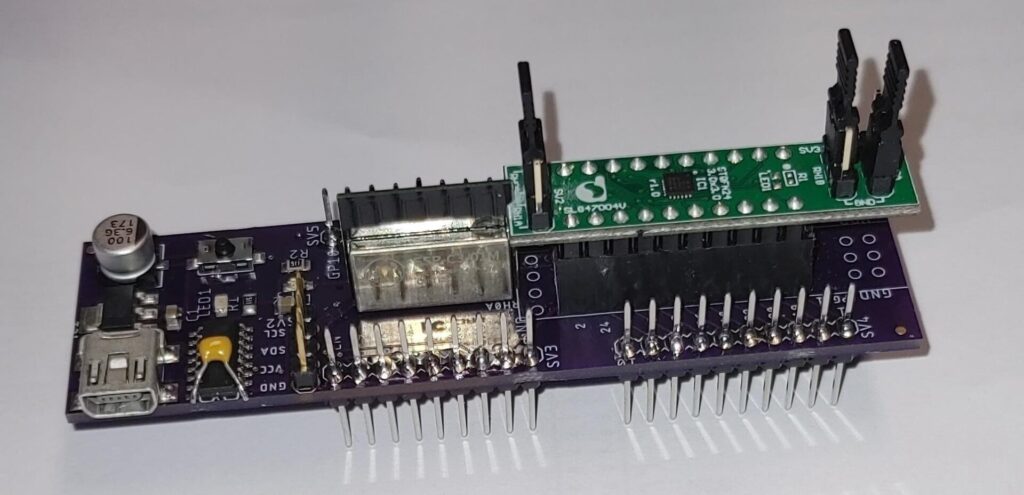
On Wednesday, 6/29/22 at 6:30pm at the Forge Initiative, 2172 N Salem St Suite 001, Apex, NC 27523 there will be another meeting of the TriEmbed comunity project to create and use development tools coupling ESP32 microcontrollers with Dialog mixed signal Field Programmable Gate Arrays (FPGAs).
Best to park on the street or in front of an adjacent building if possible so that folks who find the hill hard to walk can park in front of the door.
This will follow up from last month’s “installathon” format to refine tool chain installation and get as many people as possible up and running while turning attention to the Dialog Synthesis tool and creating and running some simple FPGA applications. There will also be demos of things around the corner and related technology (Aaardvark has a graphing function now!) A lot of work has gone into the project (special thanks to alpha testers Jaime Johnsen, Rob Mackie and Dawn Trembath and note taker Glen Smith). Bring your laptop (currently best support is for Linux followed by Windows Subsystem for Linux (WSL) but raw Windows will succeed with extra work and Docker images are in the works to take the sweat out. An ESP32 dev board is highly desirable but there will be a few spares at the meeting. The meeting will be facilitated by the usual suspects Rob Mackie, Nick Edgington and Pete Soper and is scheduled to end at 9pm.
The daily infection rate in Wake county is currently 433 per day and there will be high risk people at the meeting. Please wear a mask (available at the meeting). There will be an ice chest with some soft drinks to enjoy outside but you’re invited to bring your favorite.



